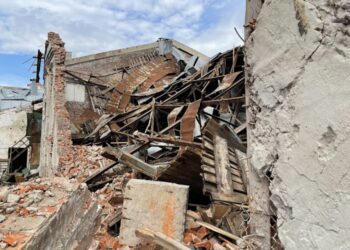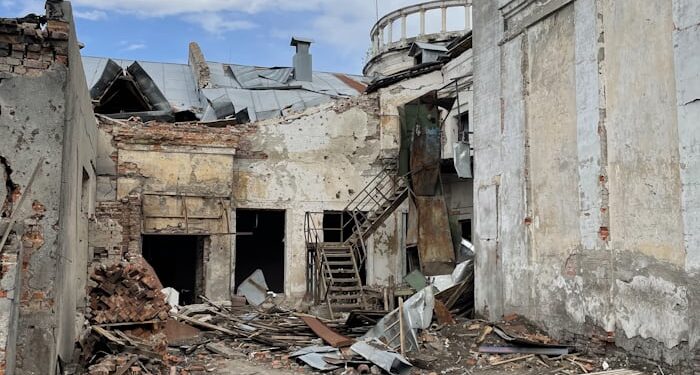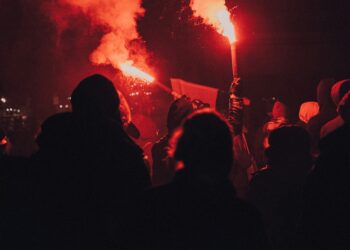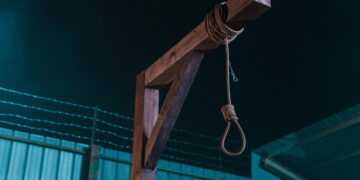On Sunday, the Sudanese network of volunteer rescuers confirmed that a military airstrike targeted a marketplace in Khartoum the previous day, resulting in the deaths of 23 people and leaving around 40 others injured. The attack is part of the ongoing conflict between Sudan’s military and the paramilitary Rapid Support Forces (RSF), which has devastated the capital and other parts of the country.
Background of the Sudan Crisis
The conflict in Sudan began in April 2023, triggered by a power struggle between army chief Abdel Fattah al-Burhan and his former deputy, RSF commander Mohamed Hamdan Daglo. Khartoum, largely under RSF control, has witnessed fierce fighting as the military continues to bombard the city’s center and southern regions. Eyewitnesses reported clashes erupting in nearby Omdurman, as the military advanced toward the capital on Saturday.
The market that was struck by the airstrike is located near one of the main RSF camps in southern Khartoum, a key battleground in the ongoing civil war.

Casualties and Response
The youth-led Emergency Response Rooms, a volunteer group providing aid, reported on Facebook that 23 people were killed and over 40 others were taken to hospitals after the airstrike on the market. This attack is one of many that have taken a heavy toll on civilians since the conflict began.
Humanitarian Crisis and Death Toll
The World Health Organization estimates that at least 20,000 people have died in the conflict, though some sources suggest the number could be as high as 150,000. The civil war has also created one of the world’s largest displacement crises, with over 10 million Sudanese, roughly a fifth of the population, forced from their homes, according to UN figures.
Famine and Displacement
In August, a UN-backed assessment declared a famine in the Zamzam refugee camp in Darfur, near the city of El-Fasher, further highlighting the dire humanitarian situation. The ongoing conflict has severely impacted food supplies and displaced millions, exacerbating the already precarious living conditions for many in the region.
Territorial Control and Escalating Conflict
The Sudanese government, loyal to the army, is currently based in Port Sudan on the Red Sea coast, where the military retains control. Meanwhile, the RSF has solidified its grip over much of the vast western region of Darfur, as well as parts of central Sudan’s agricultural heartland, and is pushing into the southeast, which remains under army control. This territorial division underscores the deepening fracture in the country as both sides continue to vie for dominance.

















